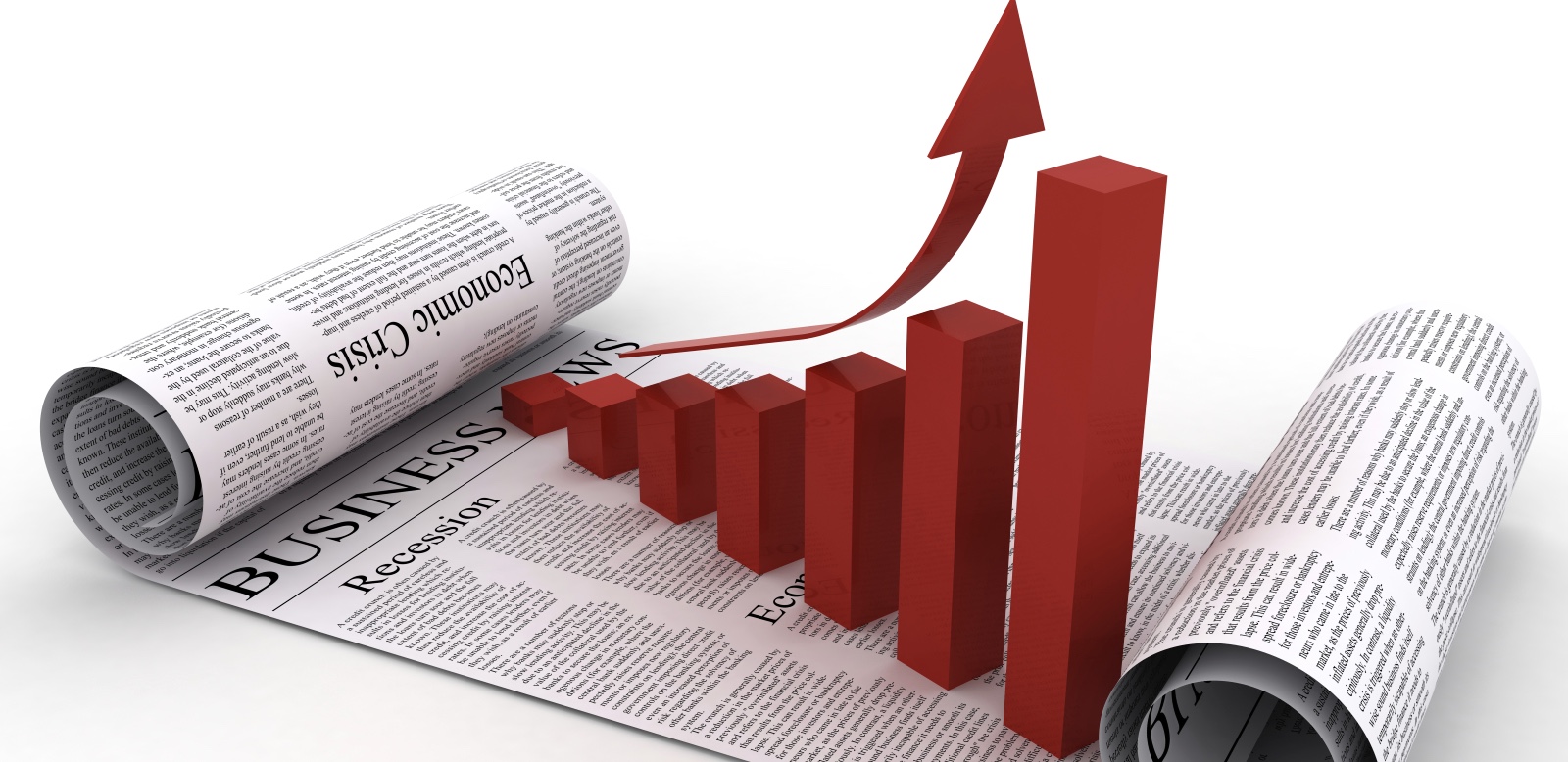
GDP is up ... but employment recovery may be years away
Economists, Wall Street, and the general public were pleased with the advance report on third quarter Gross Domestic Product (GDP) from the U.S Bureau of Economic Analysis. The consensus expectation as posted on Briefing.com was an annualized increase of 3.2 percent. The advance report from the BEA was higher, at 3.5 percent. This is the largest consumer spending increase since 3.7 percent growth was posted in the first quarter of 2007, well before the recession began. However, it is likely that unemployment and job losses will persist for some months to come.
Economists, Wall Street, and the general public were pleased with the advance report on third quarter Gross Domestic Product (GDP) from the U.S Bureau of Economic Analysis. The consensus expectation as posted on Briefing.com was an annualized increase of 3.2 percent. The advance report from the BEA was higher, at 3.5 percent.
Some analysts expect that figure to be revised downward when the next report is issued on November 24th. About three percentage points of the rise in GDP, the first gain since the second quarter of 2008, can be attributed to the federal stimulus program. Consumption, boosted by Cash for Clunkers spending, rose at a 3.4 percent rate.
This is the largest consumer spending increase since 3.7 percent growth was posted in the first quarter of 2007, well before the recession began. Several other key components of GDP also turned positive in the third quarter advance report. Equipment and software spending was up by 1.1 percent. Exports were up as the dollar weakened.
But the most notable movement into positive growth was in residential investment, up 23.3 percent after 14 consecutive quarters of decline. Meanwhile, investment spending on non-residential structures fell again. The W. P. Carey forecast does not anticipate recovery in nonresidential building until after 2010.
The Round Number U.S. macro forecast anticipates that GDP will decrease by 2.5 percent this year and increase by a similar amount in 2010, a swing of 5.0 percent (see forecast table). Consumer spending will be positive in 2010 but relatively weak, at 1.5 percent growth. Consumer confidence and spending are expected to be slow to recover as workers watch unemployment continue to rise into the coming year.
Unemployment above 10 percent
The recession may have ended sometime last summer, but it is likely that unemployment and job losses will persist for some months to come. Although most analysts had expected that unemployment eventually would surpass the 10 percent mark during the current cycle, many thought this would happen sometime in 2010. The U.S. unemployment rate for October was widely expected to be between 9 and 10 percent. The actual figure was 10.2 percent, the highest monthly unemployment rate since April of 1983.
How long for employment to recover?
Analysts are pondering two aspects of the labor market situation facing workers in the current recession. One is that the recovery period for employment seems to be getting longer with each downturn. The second concern is that employment in the current cycle has not yet bottomed out, meaning full recovery could be years away. The table (at Economy@W. P. Carey) illustrates the lengthening of recovery period in recent recessions.
In four recessions (1981, 1990, 2001 and 2007), employment peaked in the month the contraction began or one month earlier. In the recession starting November, 1973, employment continued to grow for seven more months, reaching a peak level in July of 1974 before jobs were lost. The fourth column of the table shows the number of months required for non-farm employment to reach a trough (bottom-out) from the previous peak and return to match that peak level after the recession ends.
In each of the recessions in the table, the number of recovery months grew (compared to the previous recession) before the economy replaced all the jobs lost due to the downturn. For example, non-farm employment in July of 1981 was at 91,594,000 when the recession began. Employment then declined by 3 percent to a low of 88,756,000 in December of 1982.
It was 28 months after the peak of July 1981 when employment recovered finally to exceed 91,594,000, in November of 1983. The time required to replace all the lost jobs does not appear to be related to severity of the downturn. Employment fell by 1.5 percent in the recession of 1990 — 1991, and it was 32 months to return to the previous peak. But in the recession of 1981, with a percent decrease twice as large (3.0), the recovery was shorter, at 28 months.
The bottom row in the table shows that in the current recession, employment loss already is greater than in other recent recessions. Moreover, employment has not yet hit bottom. The economy lost an additional 190,000 jobs in October, and more losses are anticipated in the months ahead.
So far, the economy has lost jobs for 22 consecutive months, with more than 7 million jobs gone. Even at the recovery pace of three million jobs added per year, it is likely to be 2012 or beyond before the economy returns to the December 2007 peak. If so, the period from peak to recovery will be even longer than the 48 months shown for the recession of 2001, continuing the pattern that seems to prevail.
Latest news
- Pop culture is key to effective teaching
How a management and entrepreneurship professor uses Ted Lasso and other pop-culture touchstones…
- Artificial intelligence in business master's degree helps Nathan Merriman combine business strategy with technology
Nathan Merriman (MS-AIB '25) had been working in business for a few years when he learned about…
- How the Executive MBA empowered Scott Gates to be a mission-driven leader
Scott Gates (BS Marketing '04, Executive MBA '15) had a very positive experience during his…